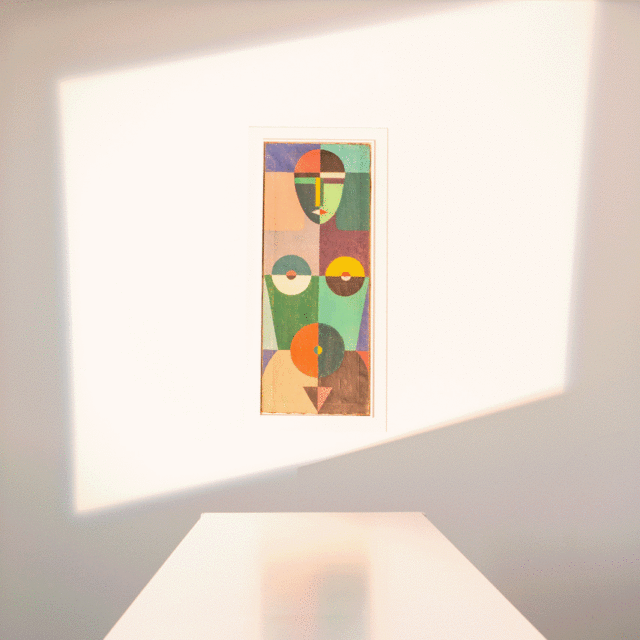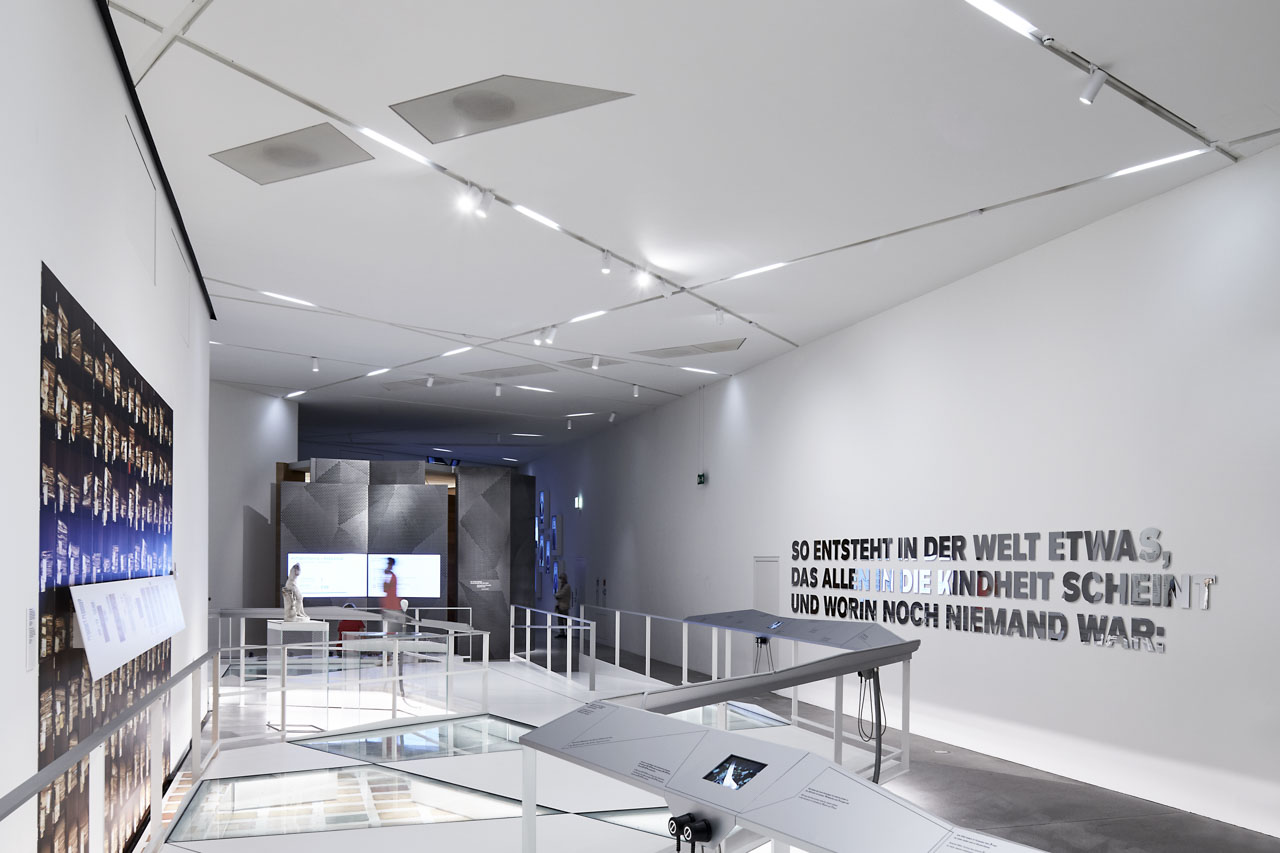
seventies 70’s plus – the museum specialist
seventies 70’s plus is the next level of the successful seventies 70’s series and the result of many years of experience with technical requirements. Only 5 mm longer than the seventies 70’s in DALI version, seventies 70’s plus outdoes the series in variety and application possibilities. The focus of the series is the track spotlight, tested for museum suitability, with the highest colour rendering >95 (typ. 97).
Versatile planning options
LED modules are available in two sizes. In combination
with seven instead of the previous three reflectors, they
extend the beam variance many times over.
In addition, it is possible to individually specify the factory-configured power supply when ordering. This enables planners and experienced end customers to specifically influence basic parameters such as luminous flux and system performance in advance.




Continuous beam angle
With the focusing accessory, beam angles of 15°-50° can be quickly and continuously adjusted. It can be retrofitted in any new luminaire as well as in existing, previous models.
The focusing accessory has an oxide ceramic coating. This high-tech refinement is a special electrolytic process that is also used for components in the aerospace industry.


Extensive accessories
seventies 70’s plus is the series with the largest selection of different beam angles. The spotlights are of modular design and can therefore be configured individually.
By combining one of the two LED sizes with one of the seven reflectors, you get 13 different beam angles: from 11° to 52°.


Objects in focus


Tool-free adjustement
The luminaire system seventies 70’s plus has a modular design – easy to dismantle, repairable and reusable.
Reflectors, lenses and diverging attachments can be exchanged by a simple handle with a suction lifter (accessory).


Rotary potentiometer on the housing
Various dimming modes can be selected for controlling the luminaire. For controls with 1-10 volts, a rotary potentiometer is optionally available on the housing.


Adjustable joint
The horizontal and vertical alignment of the spotlights can optionally be fixed to the joint with grub screws.


Objects illuminated with edge definition
With the lenses and sliders of the seventies 70’s plus contour spotlight, it is possible to focus light on artworks so that they appear to be crisply lit from within. The shape and size of the illuminated area can be individually defined.
Material, surfaces, colours
mawa places the highest demands on the surface design of its luminaires. mawa’s luminaires are powder-coated to a
first-class standard: so excellently that experts sometimes thought they were wet-painted. They are usually available in matt black or matt white. On request, all surfaces are available in RAL, DB and NCS colours.
![]()
![]()
![]()
![]()
![]()
![]()
![]()
![]() Photo: Leon Kopplow
Photo: Leon Kopplow![Elegante seventies 70's-Deckenleuchte mit Tunable White Technologie für individuelle Lichtstimmung]()
![Elegante seventies 70's-Deckenleuchte mit Tunable White Technologie für individuelle Lichtstimmung]()
Technical informations
10 mm (seP-11-d1 | seP-12-d1)
14,5 mm (seP-11-d2)
11° / 13° / 17° / 20° / 26° / 37° / 47° (seP-11-d1 | seP-12-d1)
16° / 22° / 20° / 30° / 40° / 52° (seP-11-d2)
10 W / 17 W / 25 W (seP-12-d1)
10 W / 17 W / 25 W / 34 W (seP-11-d1)
9 W / 16 W / 23 W / 31 W / 37 W (seP-11-d2)
1500 – 3000 lm LED (seP-11-d1 | seP-12-d1)
1100 – 3850 lm LED (seP-11-d2)
2700 K / Ra > 95 (typ. 97)
3000 K / Ra > 95 (typ. 97)
4000 K / Ra > 95 (typ. 97)
Special light colours on request
Rotary potentiometer on the housing -2
DALI -4
Bluetooth -9
0,87 – 0,90 s(λ)
+ cylindrical shape based on the seventies 70’s
+ certified museum quality
+ flicker-free (suitable for tv productions)
+ very efficient (lmLED)
+ numerous accessories
+ LED modules, reflectors and performance category modularly configurable for special lighting requirements
+ High CRI > 95 (typ. 97)
+ highest performance category
+ spot with very narrow beam possible (seP-11-d1 | seP-12-d1)
+ high lumen output (seP-11-d2)
+ for especially high rooms up to approx. 9.00m
Components & accessories for seventies 70’s plus
mawa luminaires are known for clever and impressive details – also regarding the range of accessories that are easy to handle. Numerous components can specifically influence the beam characteristics and anti-glare.
This includes optical accessories as a primary effect, such as reflectors and lenses that concentrate the light emitted from the LED module. Our lenses provide a secondary effect. In combination with the primary component, they “model” the light. For example, an oval light beam is created by adding a sculpture lens to the spot reflector.
Overview













